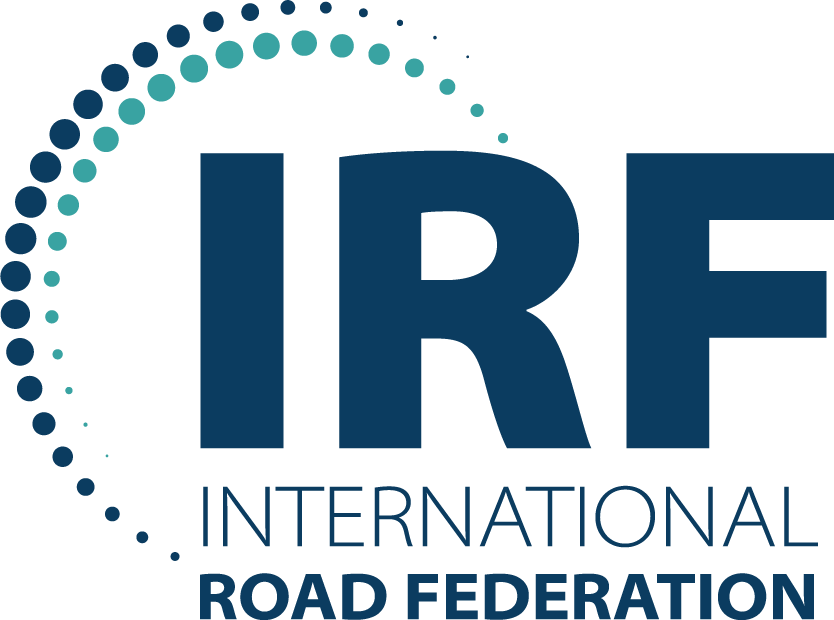MYANMAR
ROAD SAFETY PROFILEThe ATO road safety profiles offer insights into the road safety in 37 Asia-Pacific countries by utilizing road safety related data from various sources and policy information extracted from a range of documents.
These road safety profiles were developed by the Asian Transport Observatory in collaboration with the Asia Pacific Road Safety Observatory (APRSO) and the International Road Federation (IRF). This September 2025 edition updates the February 2025 release—prepared for the Global Ministerial Conference on Road Safety in Marrakech—to inform discussions at the Asia-Pacific Regional Road Safety Conference in Manila.
Country Summary
Road safety in Myanmar presents a complex and concerning picture. While some progress has been made, the country still faces significant challenges in reducing road traffic crashes, fatalities, and injuries. For the year 2021, WHO estimated 10,000 fatalities occurred due to road crashes in Myanmar, according to the WHO. Road crash injuries also accounted for 1.6% of all deaths in Myanmar in 2021.
A significant discrepancy exists in reported road crash data. For 2011 and 2021, the numbers reported by country statistics and the Global Burden of Disease are approximately 2,000 and 8,000, respectively, highlighting the need for more accurate and consistent data collection methods. This discrepancy makes it challenging to fully understand the scope of the problem and track progress over time.
Disaggregated data provides crucial insights into the demographics of road crash victims. While the share of female fatalities decreased slightly from 30% to 27% between 2010 and 2021, the combined share of minors (<14 years old) and seniors (>65 years old) in road crash fatalities increased marginally from 21% to 22% between 2015 and 2019. Furthermore, the combined share of pedestrians and bicyclists in total fatalities was 15% in 2021, significantly lower than the Asia-Pacific average of 31%.
The economic burden of road crashes in Myanmar is substantial. Fatalities and serious injuries cost an estimated 3 billion USD in 2021, representing roughly 5% of Myanmar's GDP. This figure is comparable to the country's healthcare expenditure of 5.6% of GDP in the same year.
Moreover, road crashes account for approximately 86% of the total implicit external costs due to fossil fuel subsidies in transport. Investing in road safety could yield significant economic benefits. IRAP estimates that an annual investment of 327 million USD (approximately 0.5% of Myanmar's GDP) could save around 4,000 lives annually.
Data regarding infrastructure ratings in Myanmar is limited, hindering a comprehensive assessment of road conditions and their contribution to crashes. Myanmar had approximately 47 fatalities per thousand kilometers of road, highlighting the need for improved road infrastructure and safety audits.
Myanmar's motorization rate has increased, with 144 vehicles per thousand population by 2022. This vehicle fleet comprises predominantly 2-wheelers (84%), followed by light-duty vehicles (8%), and trucks (6%). This high proportion of motorcycles necessitates targeted interventions to improve motorcycle safety.
Benchmarking
Myanmar has made some progress in reducing road crash fatalities, with a decrease of approximately -6.7% per year between 2016 and 2021. Comparing Myanmar's progress with regional trends reveals that while the country experienced a -44% decrease in fatalities per 100,000 population between 2010 and 2021, the Asia-Pacific region saw a 19% decrease and South East Asia a 35% decrease. This highlights the need for accelerated efforts in Myanmar.
Myanmar also had about 136 fatalities per 100,000 registered vehicles.
Can Asia meet the 2030 target of halving fatalities?
- Urgent action needed to reduce road fatalities The Decade of Action for Road Safety 2021-2030 aims to cut road fatalities in half by 2030. An annual reduction of at least 7.4% is necessary to achieve this.
- Asia-Pacific region falling behind Despite reaching a peak in road crash fatalities, the Asia-Pacific region is not on track to meet the 2030 goal. The average annual reduction in deaths between 2016 and 2021 was only 0.6%, far below the required rate.
- Varying progress across Asia Using the 2016-2021 road crash fatality growth rate as a basis for estimates until 2030:
- Only 3 Asian countries are projected to achieve the 50% reduction target by 2030.
- 18 Asian countries are expected to reduce fatalities by at least 25%.
- Worryingly, 7 Asian countries will continue to increase road fatalities, moving further away from the target.
- In Myanmar, road crash fatalities decreased by approximately -6.7% per year between 2016 and 2021. However, this is not enough to reach the 2030 target to halve the fatalities by 2030
Policy Landscape
Myanmar's road safety strategy, the National Road Safety Action Plan 2014-2020, was published in 2014. Other policy documents with indirect road safety benefits include The Survey Program for the National Transport Development Plan, the National Strategy for Rural Roads and Access, the Myanmar Sustainable Development Plan, and the Myanmar Climate Change Master Plan. Dedicated targets and measurable indicators for road safety is crucial for the needed progress.
No data
| General land use | by 2030, Myanmar must develop resilient and sustainable cities and towns for all to live and thrive, with emphasis on the most vulnerable people. | 2030 | Climate Change Strategy 2018-2030 | 2018 |
References
ATO. National Database (2024). https://asiantransportoutlook.com/snd/
IMF. (2024). Climate Data. https://climatedata.imf.org/pages/access-data
Institute for Health Metrics and Evaluation. (2021). GBD Results. GBD Results. https://vizhub.healthdata.org/gbd-results
Institute for Health Metrics and Evaluation. (2024). Global Burden of Disease Study 2021 (GBD 2021) Cause-Specific Mortality 1990-2021. https://ghdx.healthdata.org/record/ihme-data/gbd-2021-cause-specific-mortality-1990-2021
iRAP. (2024). Safety Insights Explorer. iRAP. https://irap.org/safety-insights-explorer/
Nirandjan, S., Koks, E. E., Ward, P. J., & Aerts, J. C. J. H. (2022). A spatially-explicit harmonized global dataset of critical infrastructure. Scientific Data, 9(1), 150. https://doi.org/10.1038/s41597-022-01218-4
United Nations Department of Economic and Social Affairs Population Division. (2022). World Population Prospects 2022. https://population.un.org/wpp/
WHO. (2023). Global Status Report on Road Safety 2023. https://www.who.int/teams/social-determinants-of-health/safety-and-mobility/global-status-report-on-road-safety-2023
World Bank. (2023). GDP, PPP (current international $). World Bank Open Data. https://data.worldbank.org/indicator/NY.GDP.MKTP.PP.CD
World Bank. (2024). Current health expenditure (% of GDP). World Bank Open Data. https://data.worldbank.org/indicator/SH.XPD.CHEX.GD.ZS





